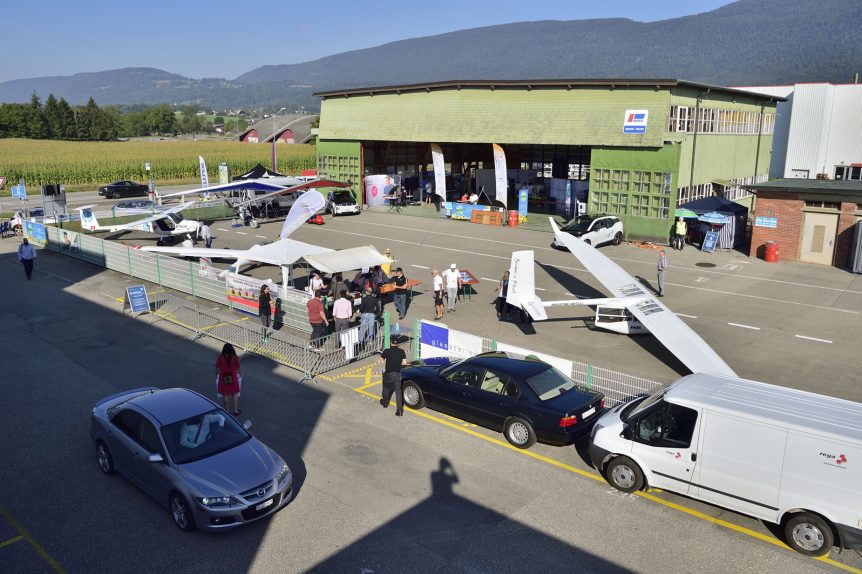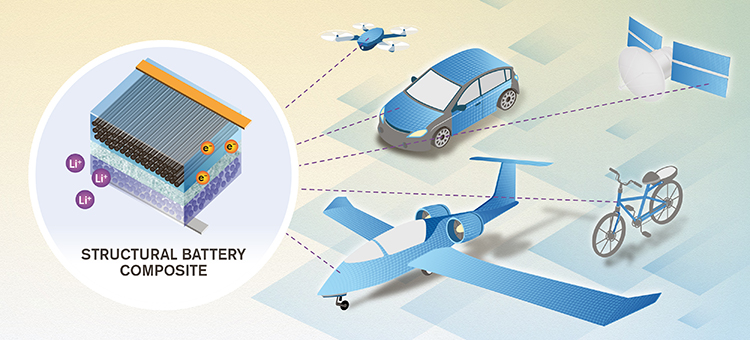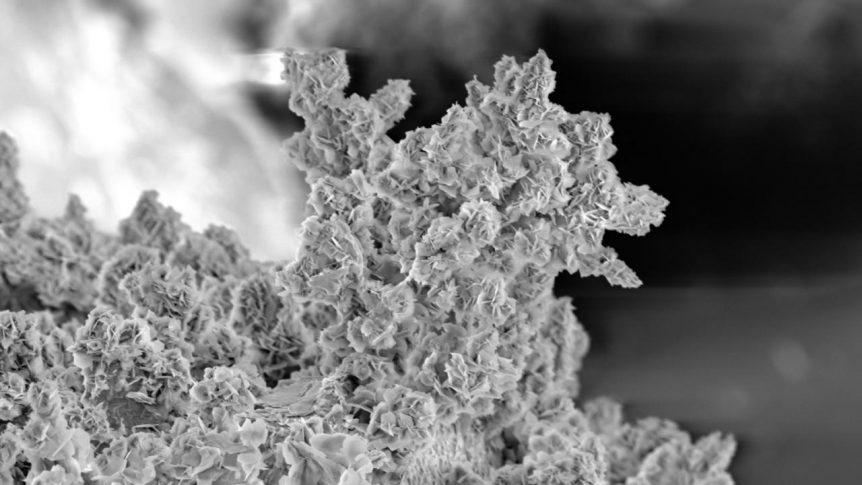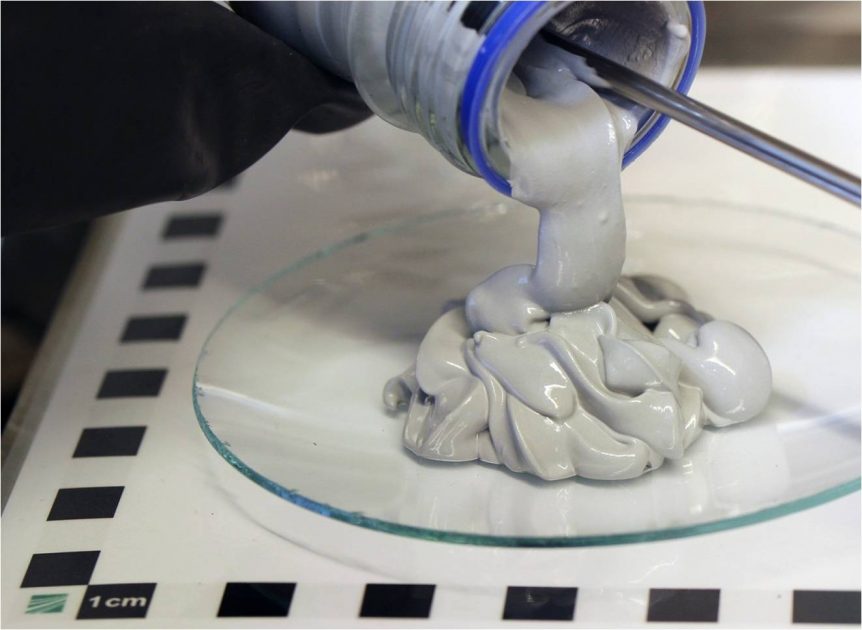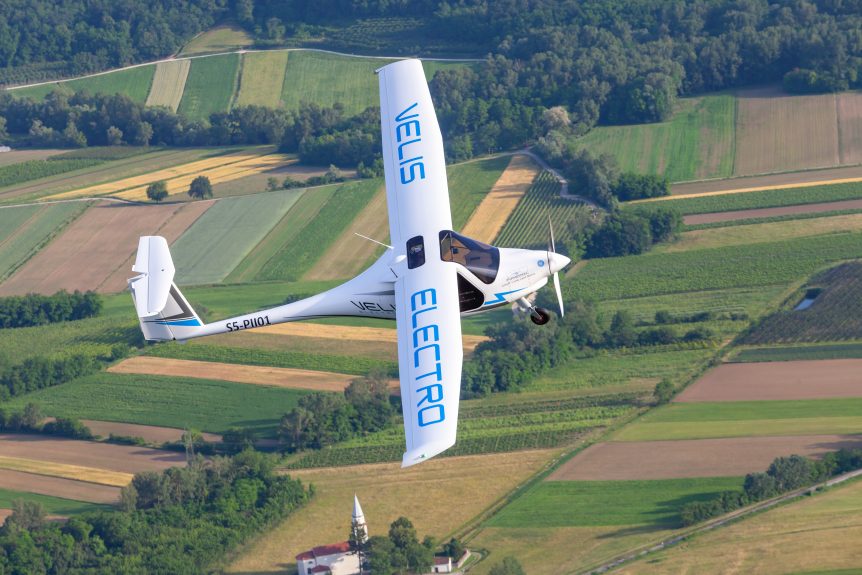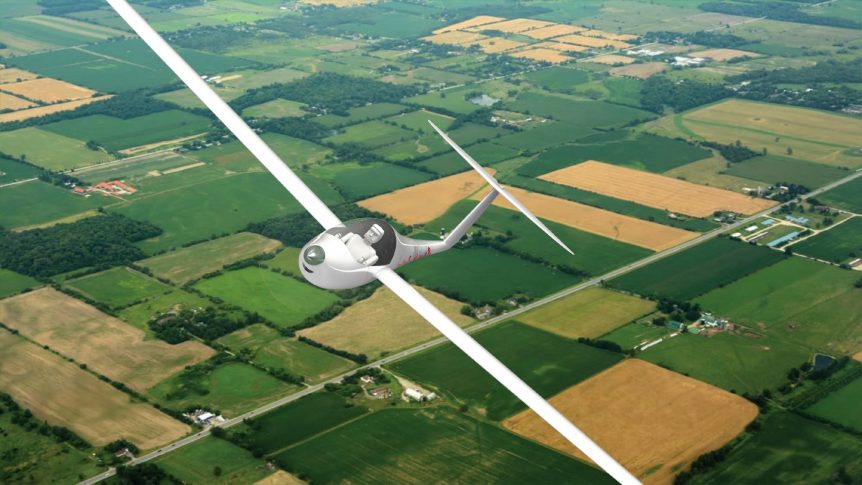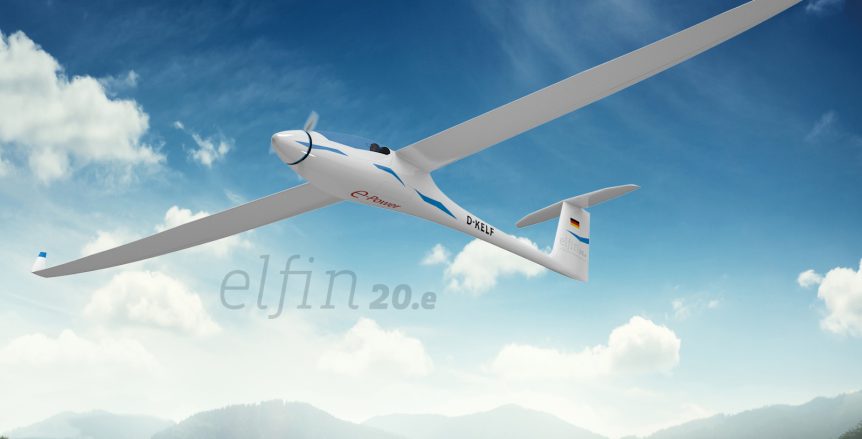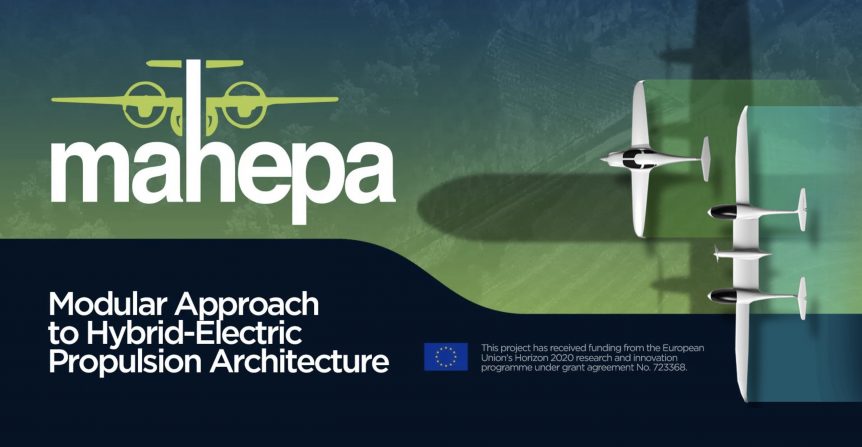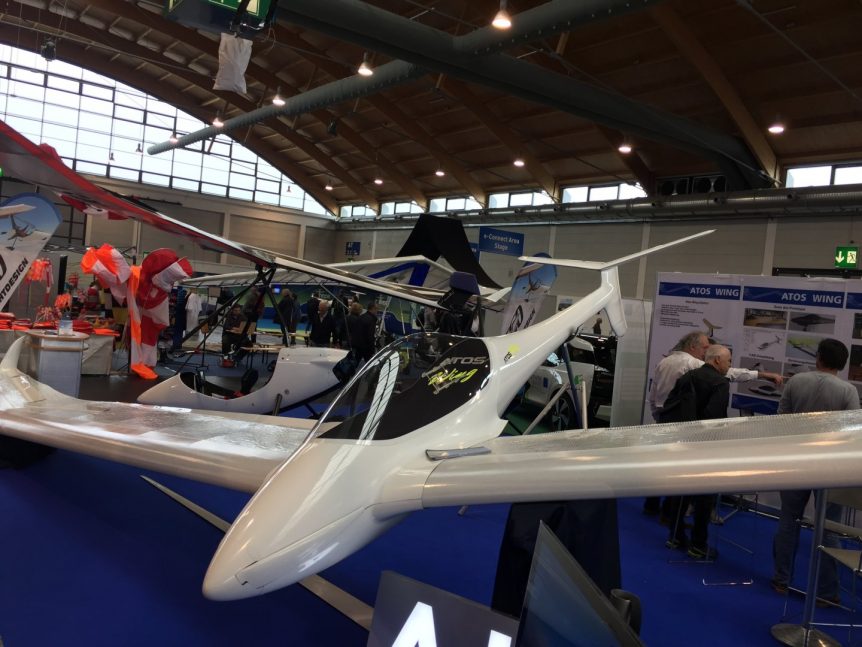Electrifly-in, formerly the Smartflyer Challenge, is on for September 11 and 12, 2021, in Grenchen, Switzerland. The event, even held in 2020 despite the pandemic, is a compact showing of the latest in electrical aircraft and technology. Watch as this 2019 video as a Φnix (the Greek letter phi + nix –a clever bilingual pun) takes off, circuits the area and makes a landing – all the time flying with other electric aircraft. In this flight, you can see the compact airport (including a grass landing strip) and a lovely setting for a great event. Started as the Smartflyer Challenge* in 2016, the gathering has changed its name to be more inclusive. Last year, even with travel limitations imposed worldwide, saw a healthy turnout of all-electric flyers, ranging from ultralight electric “trikes” to cross-country tourers. From 12 to 50 Kilowatts and Beyond Powering a large number of machines on last year’s flight line, Eck-Geiger Engineering makes a range of motors …
Massless Batteries for Aircraft?
What if the weight of the batteries in an electric airplane could virtually disappear? Researchers at Chalmers University of Technology in Gothenburg, Sweden have come up with an improved structural battery that exceeds the results of earlier research. So-called “massless batteries,” although not as energy dense as cylindrical or pouch lithium-ion batteries, could be worthy substitutes. The idea of making airplanes from materials that would provide energy from their inherent properties has been of interest for years. Your editor wrote an article on “The Grand Unified Airplane” for Kitplanes magazine in 2013 based on the idea of combining solar power, piezoelectric flexing of wings, and structural batteries. The ultimate goal was to create a machine that would move through the air on the energy of flight itself. This might seem an unreachable fantasy, but material scientists are bringing us closer to the dream. Headlining their report with a rather non-academic boast, Chalmers University promotes its, “Big breakthrough for ’massless’ energy …
Defeating Dendrites – Going with the Flow
One thing stalling battery development, dendrites, may have met their match if University of California at Davis researchers have their way. Jiandi Wan’s research group allowed ions to flow through a microfluidic channel near a battery’s cathode to prevent dendrite growth. According the group’s paper, this, “…can potentially expand the safety and lifespans of these next-generation rechargeable batteries.” Their research may lead to safe lithium metal batteries, promising higher power and energy densities, but also struggling with safety issues. Lithium metal batteries might potentially produce twice the energy of lithium-ion batteries, but have greater risks because of the growth of tree-like dendrites on the cathode. An article in PV Buzz explains, “When they charge, some ions are reduced to lithium metal at the cathode surface and form irregular, tree-like microstructures known as dendrites, which can eventually cause a short circuit or even an explosion.” Associate professor Jiandi Wan’s paper in Science Advances explains the problem and the fix. His Department …
Hydrogen as a Goop? Fraunhofer’s Powerpaste
Not Gwyneth Paltrow’s Goop What if a different approach to storing hydrogen as a fuel gave benefits that are easily disbelieved? Would this new fuel find approval and widespread adoption? Ask the Fraunhofer Institute for Manufacturing Technology and Advanced Materials (IFAM) in Dresden, Germany. The Institute has come up with something called Powerpaste, claimed to be, “A safe way of storing hydrogen in a chemical form that is easy to transport and replenish without the need for an expensive network of filling stations.” (Fraunhofer describes the paste as a “goop,” not to be confused with the very different fluids marketed by Gwyneth Paltrow under the “Goop” trade name.) We’ve seen hydrogen flying for several decades, with Michael Friend leading a Boeing project to launch the first fuel-cell powered craft in 2008 and Gérard Thevenot flying his H2 fueled “trike” across the English Channel in 2009 using only 550 grams per hour on his crossing, which took a little over an …
Happy Velis Electro News from Pipistrel
Taja Boscarol, Public Relations Manager for Pipistel Vertical Solutions, and Michael Coates, Master Distributor for USA, Australia & New Zealand, shared a lot of happy news this week about their Velis Electro. Electric Outsells Gasoline Powered Michael puts his news in enthusiastic, all-caps context. “The US has a new president, Europe is under siege from new Covid varieties, and Pipistrel is adding a SECOND SHIFT TO KEEP UP WITH PRODUCTION! “Did you know that in 2020 Pipistrel DELIVERED 111 (one-hundred and eleven) of the certified Pipistrel Velis electric aircraft, as well as many more Pipistrel ALPHA Electro aircraft? In fact, this year for the first time ever, Pipistrel produced more electric aircraft than gasoline powered!” More than 70 Pipistrel Velis aircraft are already on 2021’s order books, with many more anticipated through the remaining 11 months of the year. The second shift essentially means doubling production, and this of course leads to increased demand from suppliers. Michael adds, “Pipistrel is …
Michael Friend’s Spark Solo
“The Quest for a Truly Practical Electric Touring Motor-Glider” Mike Friend is not your typical retired aircraft executive. As Technical Director for Boeing, he oversaw “the first manned fixed wing aircraft powered by a hydrogen fuel cell/lithium ion battery powerplant that first flew back in 2008.” He’s been associated with green energy projects since then, including work on the Boeing-supported Zunum project, a set of 10- to 50-passenger electric hybrid airliners. On the personal front, he hopes to design and build the Spark Solo, a single-seat electric motorglider that will enable cross-country flights from his home base of Bremerton (Washington) Regional Airport. Working with Gabriel DeVault Motorgliders make a good combination with battery power. Their clean lines enable using low power at cruise, and as this video from Gabriel DeVault shows, even a respectable takeoff and climb with power limited to 25 kilowatts (33.5 horsepower) in this instance. Normally, DeVault’s Sonex would make full use of its Zero Motorcycle motor’s …
Stemme Goes Electric with its New Elfin
Reiner Stemme designed his namesake sailplane 30 years ago and the overall design and his new Elfin retains the original pop-out nose cone, folding propeller configuration. The 50:1 glide ratio means this 20-meter (75-foot) span motorglider offers less than 40 pounds of drag at its maximum takeoff weight 0f 1984 pounds. That is a significant benefit for the new electrically-powered version – which can fly further and save its batteries for retrieval and go-arounds. In its latest iteration, the Stemme configuration is a totally new airframe being built by a totally new company, Reiner Stemme Aero GmbH. As explained on the new firm’s web site, “The Elfin design is a complete new development and [is] not base[d] upon the existing S10. REINERSTEMME.aero GmbH, the present company of Dr. Reiner Stemme, is not connected to STEMME AG.” A High-Flying Heritage Earlier Stemme designs have accomplished much in the way of efficient, high-performance flight. In 2014, Klauss Ohlman accomplished one trans-continental trip …
MAHEPA and HY4 Go High
MAHEPA (Modular Aproach to Hybrid-Electric Propulsion Architecture) is a European Union project to build emission-free aircraft. A public flight of Pipistrel’s HY4 hydrogen-powered, four-seat aircraft was the latest demonstration of the group’s progress. Challenging Objectives Overall, MAHEPA hopes to accomplish five objectives: Advancing the fuel-driven serial hybrid-electric Powertrain which uses a lightweight internal combustion engine (ICE), capable of running multiple fuels as the power generation module. Advancing the reliability of zero-emission serial hybrid-electric powertrain which uses a Proton Exchange Membrane (PEM) Hydrogen Fuel Cell (FC) as the power generation module. Advancing new airborne qualified, lightweight, high-power density components such as a 200 kW+ electric motor, a 100 kW+ generator and improved power electronics using Silicon Carbide (SiC) technology to increase efficiency of power transmission due to decreased switching losses. Developing “common building blocks” solutions also for different aircraft configurations, enabling the proliferation of powertrain modules between various aircraft. Gathering, analyzing and comparing in-flight performance and emission data in order to …
Something to Lighten the Post-Holiday Letdown
Even following Boxing Day, we have a few items to re-gift to our faithful readers, and close out the season with four very light examples of electric aviation. A-I-R ATOS Felix Ruhle has been improving and refining a basic wing design for over a decade, growing a line of aircraft that range from simple hang-gliders to fairly sleek, self-launching, electrically-powered ultralight sailplanes. The A-I-R factory/showroom in Halblech, Germany, one of 18 dealerships around the world, fronts a lush green meadow and houses a plethora of ATOS wings. The ATOS wing, coming in a range of sizes, can be attached to seemingly anything from a simple jump-off-the-nearest cliff hang-gliding rig to refined, electrically-powered ultralight sailplanes. Under development for the last few years, the ultralight sailplane merits even A-I-R’s enthusiastic approval. “The newest development of A.I.R. is revolutionary! The foldable electric powered. nearly noiseless ultralight-aircraft is based on the proven Atos hang-gliding wings! With 3-axes-steering, real elevator, retractable landing gear and propeller, …
Sunseeker Duo Plays Among the Alps
Eric and Irena Raymond took a lovely Sunseeker Duo flight over the Italian alps near their home in Voghera and edited it all into a video. They designed and built their own solar-powered airplane – Eric’s third. He flew Sunseeker 1 across the US in 1990 in 21 hops. A big press conference scheduled for his last landing at Kitty Hawk, NC was a big disappointment since the US invaded Kuwait that day. Six Minutes of Great Beauty Their airplane has solar cells arrayed across the wing and horizontal tail, a small battery pack that gets recharged while flying in the sun, and a 22 kilowatt (30 hp) motor on the tail. Turning off the motor they can soar on winds wafting up the sides of the mountains. Beeping and electronic noises come from an audio variometer, a sensitive indicator of whether the airplane is climbing or descending. All the sounds are ambient. Note how quiet the airplane is, even …

